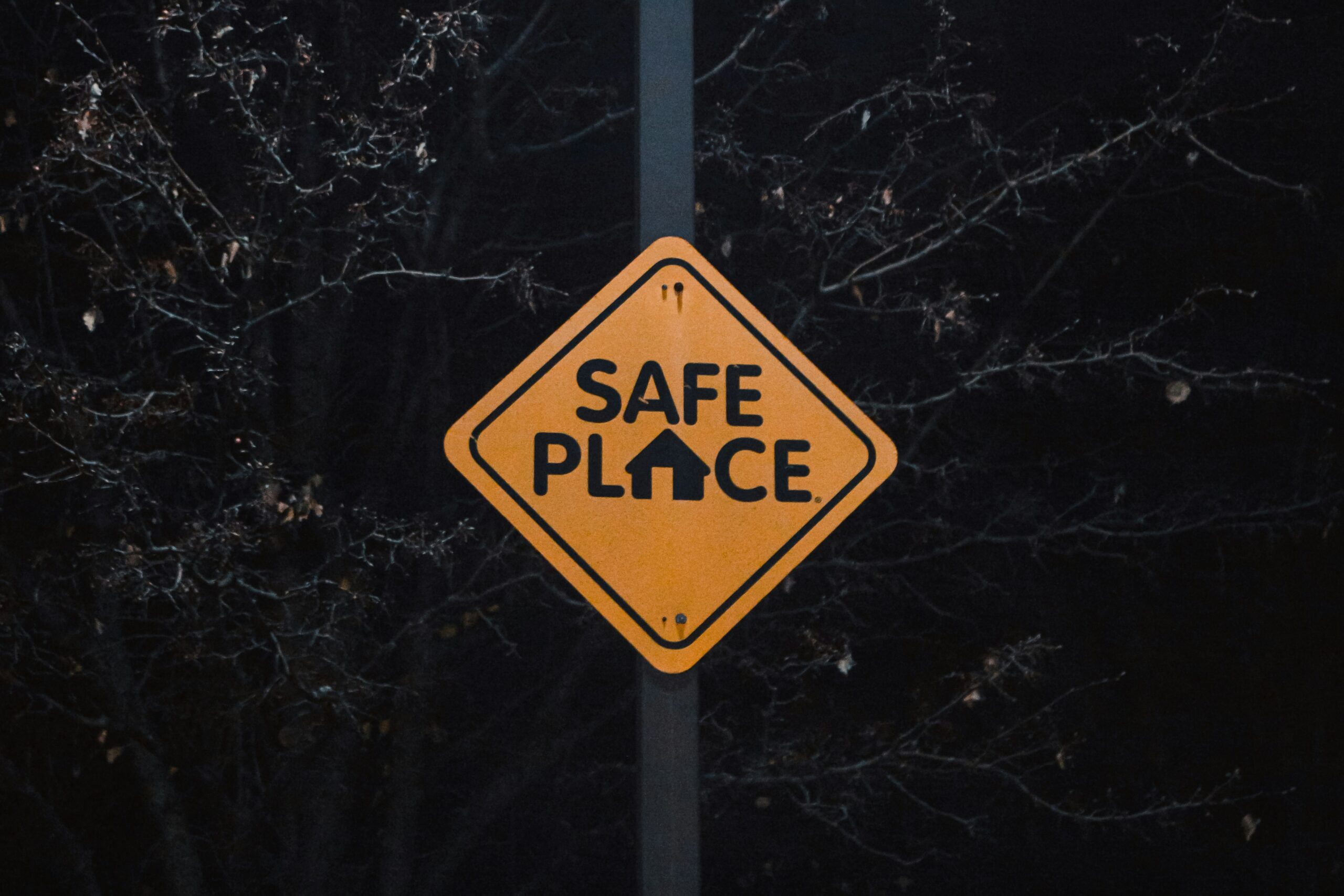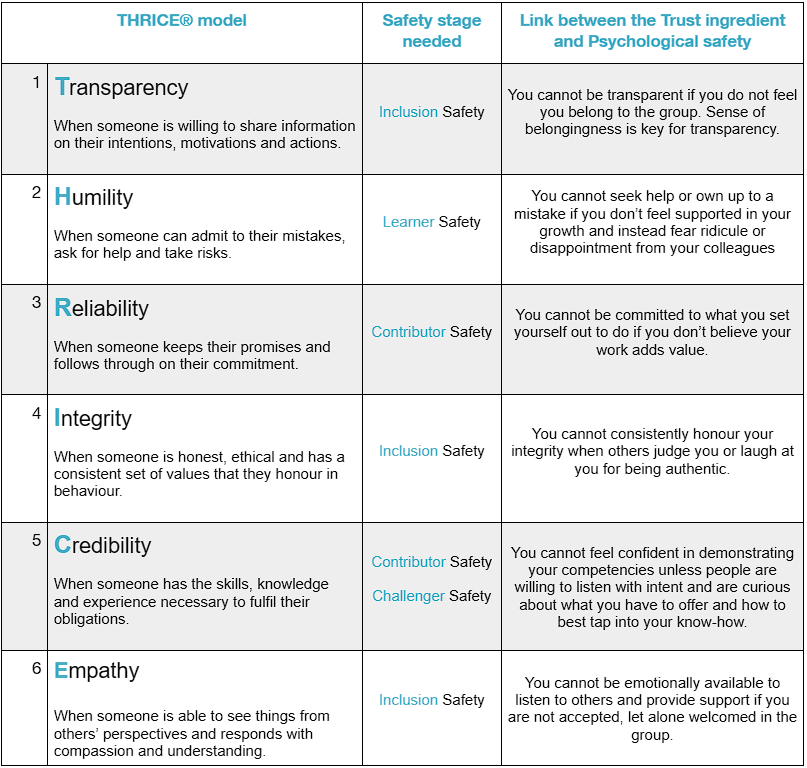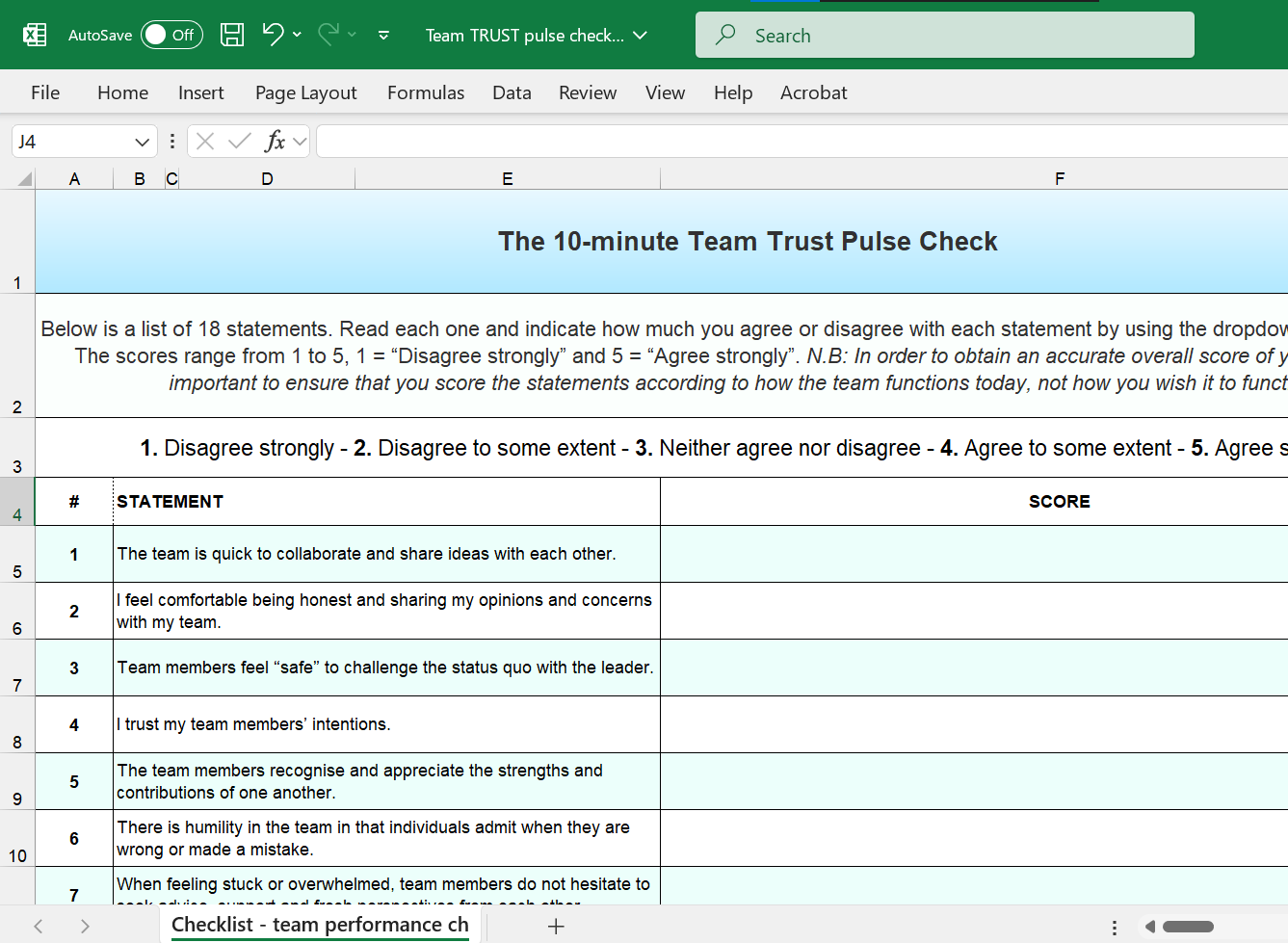
Trust is important at all levels, from individual interactions to broader connections. It is the key determinant of the quality of a relationship between two people and the key determinant of any team culture. Trust impacts how teamwork plays out, how people coordinate, communicate and collaborate amongst themselves.
As Dr Amy Edmondson puts it: Psychological safety is the belief that one will not be punished or humiliated for speaking up, with ideas, questions, concerns or mistakes.
In other words, psychological safety refers to how confident we feel to take appropriate risks at work because of our relationships with colleagues and managers. Consequently, it impacts people’s ability to learn from their mistakes and keep growing.
In 2014, Google launched Project Aristotle, a study of 180 of its own teams for a period of three years. The researchers assumed that diverse demographics (i.e. who was on the team) would be the deciding factor in team effectiveness. Interestingly, the researchers identified psychological safety as the defining characteristic of Google’s most high-performing teams.
Conclusion: The most important thing a person needs at work in order to succeed is the ability to take risks without the fear of being punished.
Trust and psychological safety are neither opposing nor the same. Instead, they intertwine with one another.
Teams need both strong and trust-based relationships and a collective safety net – psychological safety – in order to weather storms and thrive.
A psychological safe working environment is where people tend to be less defensive because they feel protected: They spend more time focusing on tasks and accomplishing team goals and generally being more productive!
On the other hand, a workplace with little to no psychological safety is where people hunker down rather than share ideas or viewpoints.They don’t feel safe enough to admit to mistakes out of fear of being ridiculed, marginalised or punished. This is particularly harmful to an organisation that prioritises innovation and/or inclusion because no-one in such a workplace would has the appetite or the courage to experiment with new ideas or be their authentic selves.
The development of psychological safety is broken down into 4 stages as shown below.
Does your workplace offer you psychological safety? Take a self pulse-check and answer the following questions by marking your answers on the scale 1-5, as shown below:
1. Question on Inclusion Safety
2. Question on Learner Safety
3. Question on Contributor Safety
4. Question on Contribution Safety
This pulse-check is an excellent way to diagnose the psychological safety in your workplace today and provides you with hard data that you can start working with.
For trust-based relationships to be cultivated and nurtured at work, psychological safety needs to be present. Let’s take a look at the THRICE® model’s 6 ingredients, one by one:

Conclusion
Building trust at work requires a psychologically safe workplace, where healthy debates take place, where mistakes are amended rather than hidden (only to be discovered at a later stage with potentially graver consequences) and where people feel safe enough to generate new ideas and experiment with them. No psychological safety, no learning.

Provide us with your Name and Email.